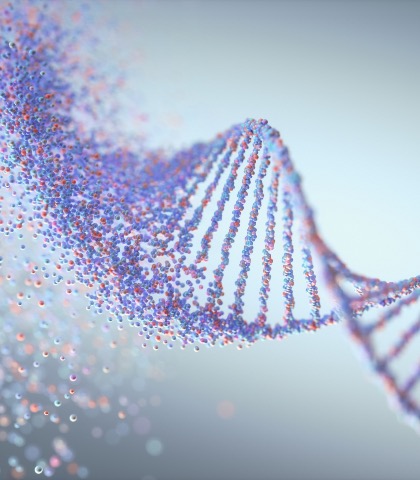This section of the website is intended for medical professionals only. To access the client page and online store, please click below.

Oncopanel expanded with new genes and the use of digitalMLPA
Genes tested by NGS: APC, ATM, BAP1, BARD1, BLM, BMPR1A, BRCA1, BRCA2, BRIP1, CDH1, CDK4, CDKN2A, EPCAM, ERCC2, ERCC3, FANCC, FANCM, FH, FLCN, GREM1, MET, MLH1, MLH3, MSH2, MSH6, MUTYH, NBN, NF2, PALB2, POLD1, POLE, PRKAR1A, PTEN, PTCH1, RAD50, RAD51C, RAD51D, RET, SDHB, SLX4, SMAD4, SMARCB1, STK11, SUFU, TP53, VHL, WRN, WT1, UNC13D, MEN1, MITF, NTHL1, NF1, CHEK2, PMS2, RB1, PDK1, PDK2, PKHD1, PRSS1, PRSS2, SCG5, SPINK1, CTRC and HOXB13. Of which now newly introduced genes for NGS: MITF, PDK1, PDK2, PKHD1, PRSS1, PRSS2, SCG5, SPINK1, CTRC and HOXB13.
We are testing 30 selected oncopanel genes with the newly introduced digitalMLPA method: .APC, ATM, BAP1, BARD1, BMPR1A, BRCA1, BRCA2, BRIP1, CDH1, CDK4, CDKN2A, EPCAM, CHEK2, GREM1, MITF, MLH1, MSH2, MSH6, MUTYH, NBN, PALB2, PMS2, POLE, PTEN, RAD51C, RAD51D, SCG5, SMAD4, STK11 and TP53.
SALSA® digitalMLPA™ is a copy number quantification technique for up to 1000 target sequences. This technique combines conventional MLPA technology with next-generation sequencing (NGS). The digitalMLPA method can target many more gene rearrangements than the previously used conventional MLPA analysis. This analysis also has the advantage of being less time-consuming, allowing for faster results from statim samples.